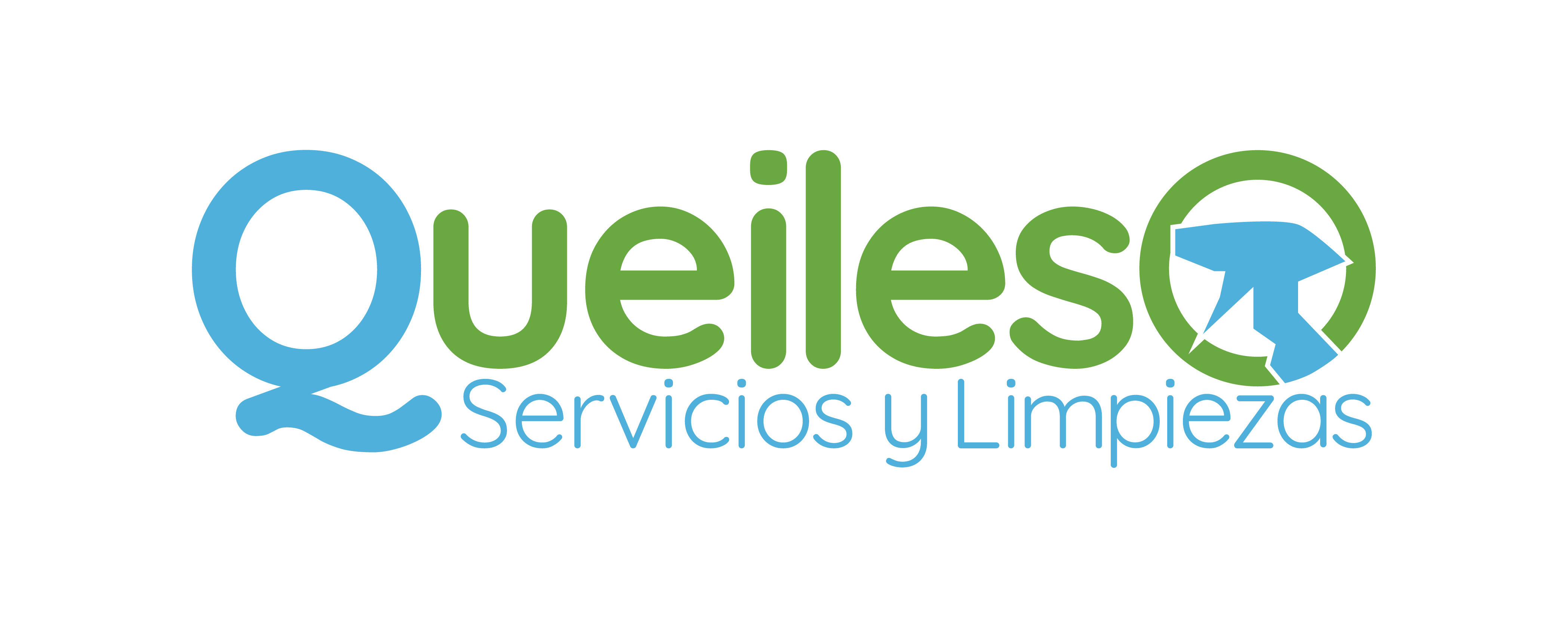The Differences Between Board Room and Conference Room
In a world of collaboration, businesses have often set up spaces for discussions and meetings. Board rooms and conference rooms are among the most popular choices. Although they share the same functions these spaces differ in terms, design, and atmosphere. Understanding their differences allows businesses to maximize the use of these important resources.
A boardroom’s main purpose is to host meetings of the company’s board of directors. This is a set made up of shareholders who are elected to manage the business. During these meetings, key decisions concerning the company’s strategic direction, policy formulation, and major investments are taken. The meetings are regularly scheduled, at least one every quarter.
Boardrooms should reflect the seriousness and formality of discussions that are held. They should also be outfitted with the right infrastructure to facilitate effective communication, which includes audiovisual equipment, such as large screens, video conferencing and projectors. Whiteboards can be used for brainstorming and taking notes.
Meeting rooms are more informal than boardrooms, and can accommodate a variety of gatherings. They can be used, for instance, for departmental meetings or client presentations. Meeting rooms can also be utilized for virtual meetings, which can provide several benefits to the board members, such as greater attendance, less travel costs, and greater diversity among board members. Virtual boards permit faster decision-making since they don’t require everyone to be physically present in order to discuss and agree on a plan of actions.

